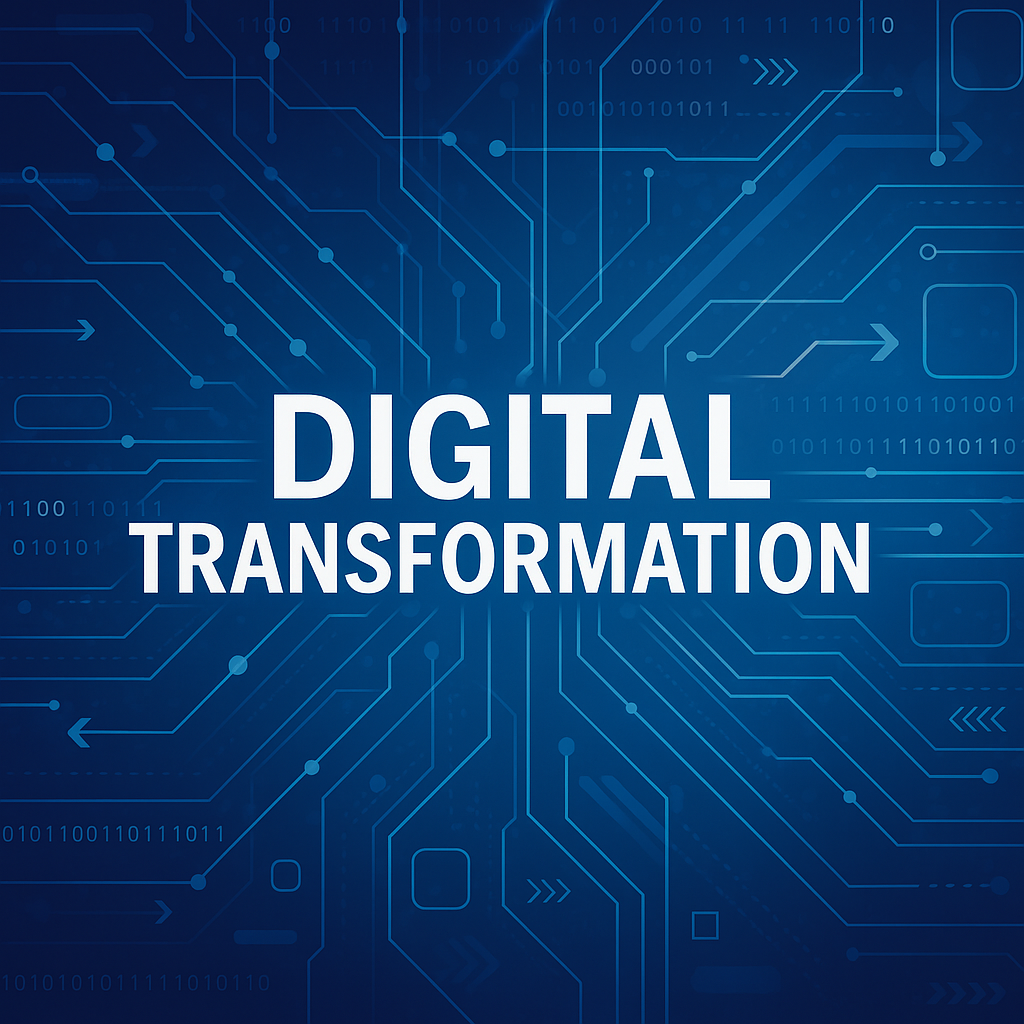Embracing Digital Transformation: The Heartbeat of Modern Business Evolution
In a world that’s increasingly shaped by rapid technological change, Digital Transformation is more than just a buzzword—it’s a necessary evolution. From small startups to global enterprises, organizations across industries are embracing digital strategies to stay relevant, agile, and competitive. But digital transformation isn’t simply about adopting new tools—it’s about rethinking processes, culture, and customer experiences from the ground up.
Let’s explore what makes digital transformation the driving force of modern business, why it matters, and how leaders can navigate it with confidence and clarity.
What Is Digital Transformation?
Digital transformation refers to the integration of digital technology into all areas of a business, fundamentally changing how companies operate and deliver value to customers. But it’s not just about tech—it’s a cultural shift that requires organizations to continually challenge the status quo, experiment, and get comfortable with failure.
It encompasses everything from automating workflows, using AI to personalize customer experiences, adopting cloud computing, and shifting to data-driven decision-making.
Why Digital Transformation Matters More Than Ever
Customer Expectations Are Changing
Today’s customers expect seamless digital experiences. Whether it’s shopping, banking, or accessing healthcare, the demand for convenience, speed, and personalization is at an all-time high. Digital transformation enables businesses to meet and exceed these expectations.Remote Work Is Here to Stay
The pandemic proved that many industries can function—sometimes even more effectively—with remote teams. Companies that digitize their operations are better equipped to support distributed workforces and maintain productivity.Data Is the New Oil
Organizations that harness data effectively can make smarter decisions, predict trends, and personalize services. Digital tools help collect, process, and analyze data in real time, providing a competitive edge.
Challenges on the Digital Journey
While the benefits are immense, digital transformation also comes with its share of challenges:
Legacy Systems: Outdated infrastructure can slow down progress and integration.
Cultural Resistance: Change is hard, especially when it disrupts long-established processes and roles.
Cybersecurity Concerns: More digital touchpoints mean a greater need for robust security protocols.
Skills Gap: Organizations often need to upskill existing teams or hire new talent with digital expertise.
Overcoming these barriers requires leadership that’s not only tech-savvy but people-oriented.
Pillars of a Successful Digital Transformation Strategy
Leadership Commitment
Change starts from the top. Leaders must advocate for digital initiatives and foster a culture of innovation.Customer-Centric Approach
Everything should revolve around enhancing the customer experience. Use technology to listen, learn, and deliver what your audience truly needs.Agility and Flexibility
The digital landscape is constantly shifting. Embrace agile methodologies, experiment frequently, and adapt quickly.Data-Driven Decisions
Leverage analytics and machine learning to make informed, objective choices rather than relying solely on intuition.Continuous Learning
Invest in training programs, encourage cross-functional collaboration, and create a learning ecosystem within the organization.
The Human Side of Digital Transformation
Technology is the enabler—but people are the true engine behind digital transformation. Empower your workforce, communicate transparently, and involve them in the journey. Employees who feel included and trained are more likely to champion change rather than resist it.
At its core, digital transformation is a story about adaptability. It’s not about becoming the next big tech giant—it’s about using digital tools to create value, drive efficiency, and build meaningful connections in a digital-first world.
Final Thoughts
Digital transformation is no longer optional. It’s a journey that requires bold leadership, strategic thinking, and a deep understanding of both technology and human behavior.
Whether you’re just starting or are deep into your transformation efforts, the key is to stay curious, be resilient, and remain committed to creating a future-ready organization.
Let’s embrace the digital wave—not just to survive, but to thrive.
Checkout skillwarp Courses for upskill




